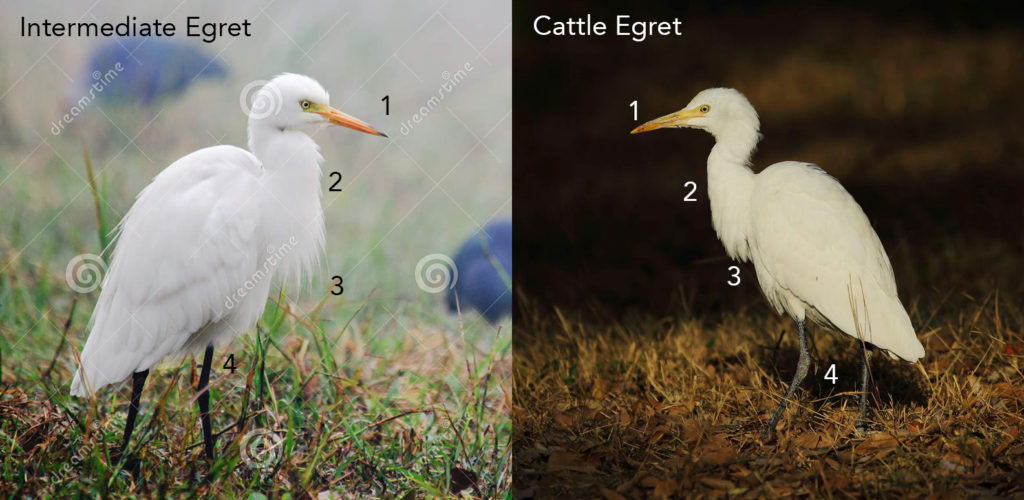I love the Adyar river, and most days I cross it, closer to the mouth, where it joins the Bay of Bengal. Along with the Bay it is deeply a part of my Madras memories.
Lovely to see this piece in The Hindu.

Lovely to see this piece in The Hindu.
A bend in the Adyar

It’s been a year since the floods and the city’s iconic river flows on. Arun Krishnamurthy of Environmentalist Foundation of India speaks toAKILA KANNADASAN about his photo series that tracks the river from its source
Last year this time, Chennai was reeling under a different kind of tragedy — the incessant rains and the resultant floods. Lives, livelihoods, and homes were lost. There are various theories about the cause of the floods. But one thing is clear — we had a major role to play in the catastrophe. Our callous attitude towards our water bodies has not changed since then, and it’s time we do something.
Arun Krishnamurthy, the founder of Environmentalist Foundation of India, who has involved hundreds of youngsters in protecting Tamil Nadu’s water bodies, has come up with an idea to shake us out of our smug mindsets.
He has created a photo documentary on the state of the Adyar River a year after the floods, and plans to exhibit it in schools and colleges. Arun says that it all began with a 20-minute documentary on the lakes of Chennai that he made to screen in educational institutions. “We found out that most of our lakes are feeders to our rivers. For instance, the Poondi lake is one of the feeders of the Kosasthalaiyar River, the Chembarambakkam lake for the Adyar River... lakes and rivers are interconnected,” he explains.
Arun, hence, set out to document the rivers. “We are making a documentary Rivers of Chennai and planning to bring out a booklet and digital photo blog on the same,” he says. The idea is to show people where our rivers start, flow and end. Arun says that people in Chennai aren’t even aware of the river that runs a few streets from where they live.
“A lot of negativity about our water bodies has developed over the last one year,” he observes. “The number of local volunteers has fallen. It’s shocking to listen to what the locals say. During a lake clean-up, a 21-year-old asked us what was the point in doing so. When we said that it was we who would suffer if it flooded, he laughed and said he plans to settle in Bangalore anyway.” Apart from negligence, it’s a lack of pride for Chennai’s rivers that’s saddening, says Arun.
Arun spent 48 hours tracing the Adyar from its origin in Adhanur and Malaipattu villages. He explains how multiple lakes merge to create the river that we call Adyar. “She is pristine at her origin. At Chembarambakkam, for instance, birds thrive in the clean water.”
The trouble begins at Tambaram. “It is here that she transforms from a rural fresh water stream into a polluted urban river. Urban sewage starts draining into the river. More urban waste mixes along the way. As she trickles into Thiruneermalai, she encounters a municipality-run landfill at the bund.” Industrial waste is introduced at Chrompet and the river is beyond recognition by the time it reaches Besant Nagar.
Along the Mambalam canal, Arun saw 800 urban poor families living along the river bund. “Their toilets drain into the canal,” he says. The rich are no exception. At a golf course next to the YMCA campus in Nandanam, hundreds of used paper cups were dumped into the river.
Continued on page 3
From page 1
There were even discarded golf clubs. At the point of culmination, awaited a rude surprise — “I saw sofa sets, poultry waste, religious idols, footwear...”
Arun hopes that his photos trigger some action amidst youngsters.
“They should take pride in the three rivers and the 300 lakes that make up Chennai’s ecosystem. Secondly, they should be ashamed at the condition of the water bodies.
Finally, a sense of responsibility should creep in,” he says. “A lot of schools have approached us to teach students about our lakes and rivers. The photo exhibition will be a part of our outreach programmes.”
What is the significance of the Adyar River to Chennai? “The Adyar,” explains Arun, “is Chennai’s identity. She is of hydrological, cultural, and historical importance. She is a carrier, and not a perennial river. She carries large amounts of water into the sea during the North-East monsoon.”
The 30-year-old knows the river well.
“She can be very vengeful,” warns Arun. “If we take care of her, she can prevent any amount of flooding. But, if we don’t, well, you know what happens.”
People in Chennai aren’t even aware of the river that runs a few streets from where they live












































%2Bcopy.jpg)